 |
 |
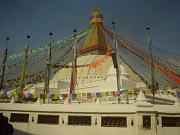 |
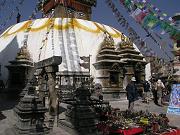 |
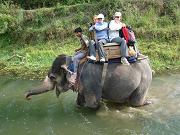 |
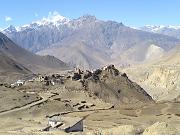 |
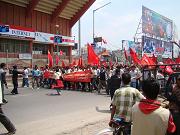 |
| Sonauli (Sunauli) well known transit point between India and Nepal |
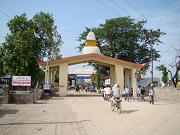
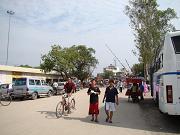
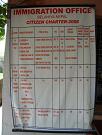
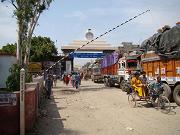
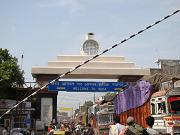
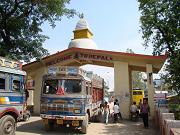
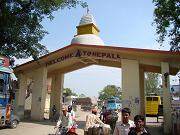
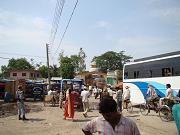
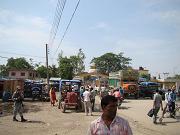
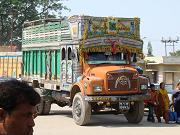
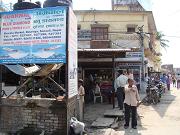
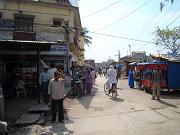

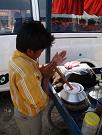
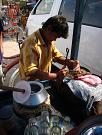


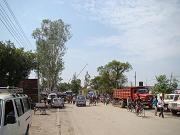
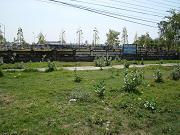
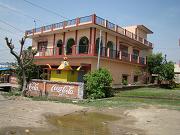
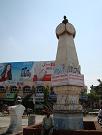
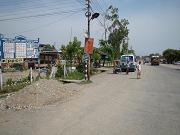
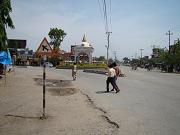
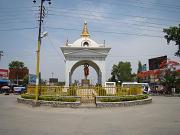
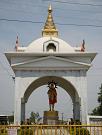
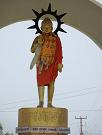
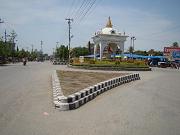
|
|
NEPAL Nepal has some of the most dramatic mountain terrain in the world. The massive Himalayan mountain range was thrust up out of the ocean 50 million years ago when India collided with the rest of the Asian land mass. Today, Nepal is nearly 75% mountain, and it contains eight of the world's 10 highest peaks. And they just keep on getting bigger — tectonic plate movements means that the mountains continue to grow at the rate of several centimeters per year. At the northernmost reach of the Indo-Gangetic Plain, the relatively flat Terai is fertile, low-lying (200m), hot, and humid. This whole area was once covered in dense stretches of malarial forest that supported only wild animals and hungry mosquitoes, but recent years have seen vast deforestation, and today it is the hub of Nepal's growing population. Jutting out from the Terai to altitudes of over 1500m, the forested Chure Hills run parallel to the 3000m Mahabharat Range farther north. Between the Chure and the Mahabarat Hills are the broad basins of the Inner Terai, cut by the deep, north-south river gorges of Nepal's three biggest rivers — the Karnali, the Narayani, and the Kosi. At altitudes of 500 to 2000m, the Pahar region, north of the Mahabarat, is marked by flat, fertile valleys, including the Kathmandu, Banepa, and Pokhara Valleys. This region has been inhabited and cultivated longer than anywhere else in Nepal. Over 40% of the population lives in this region today. The mighty Himalayas are inhabited only in scattered pockets. Human settlements are sparse after about 4000m. Nepal's plant life thins out as altitudes increase, with the dense timber forests yielding to alpine pastures of spruce, birch, rhododendron, which stretch to the snowline. Beyond 4900m, nothing but mountains grow. Ten mountains in Nepal are higher than 8000m, including Mount Everest (8848m), the highest point on earth. North of the peaks is the high desert plateau of the Trans-Himalaya. The Terai is inhabited by tigers, leopards, gaur (wild oxen), elephants, and several species of deer. The Rapti Valley is one of the last refuges of the endangered Indian rhinoceros. The Himalayas are also home to the fantastically rare and surprisingly docile yeti (Homo nivosus abominabilis), of four-toed footprint fame. |
|
|